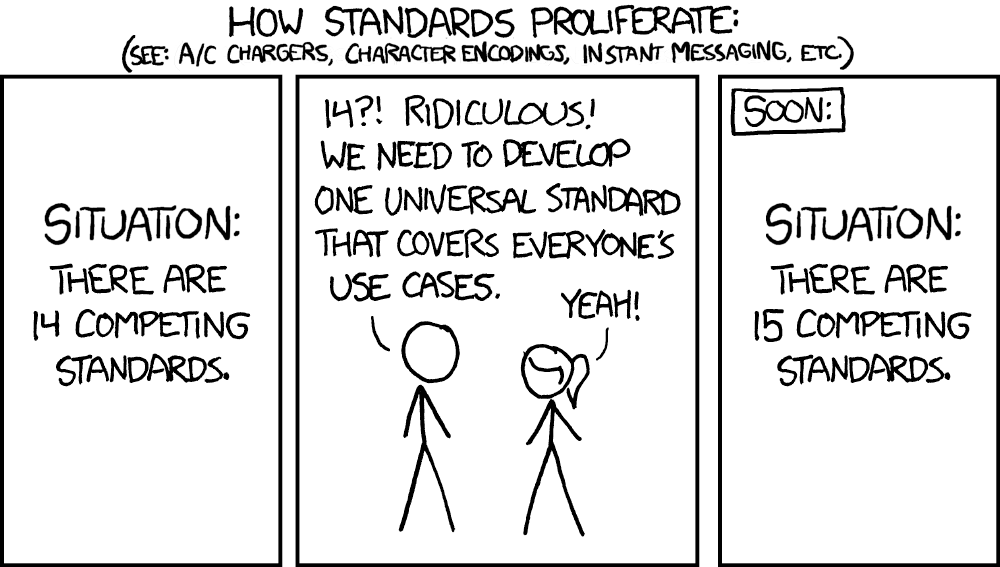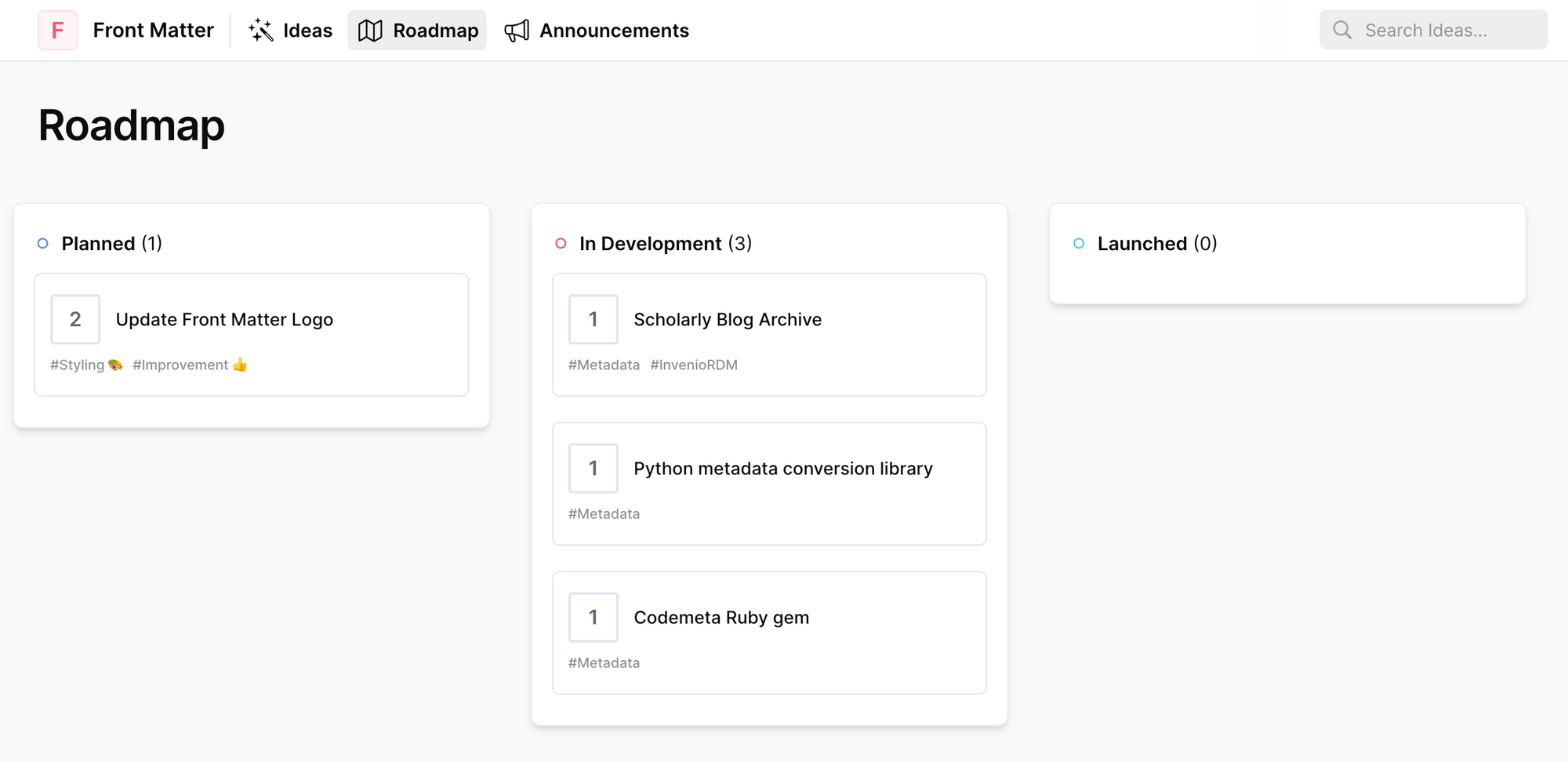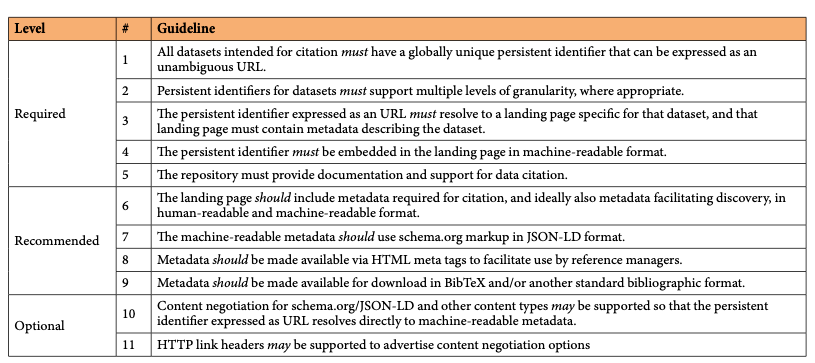
This week I launched Commonmeta, a new scholarly metadata standard described at https://commonmeta.org. Commonmeta is the result of working on conversion tools for scholarly metadata for many years. One conclusion early on was that these conversions are many-to-many, so it becomes much easier to have an internal format that is the intermediate step for these conversions. Commonmeta is inspired by two initiatives: Codemeta and Commonmark.









